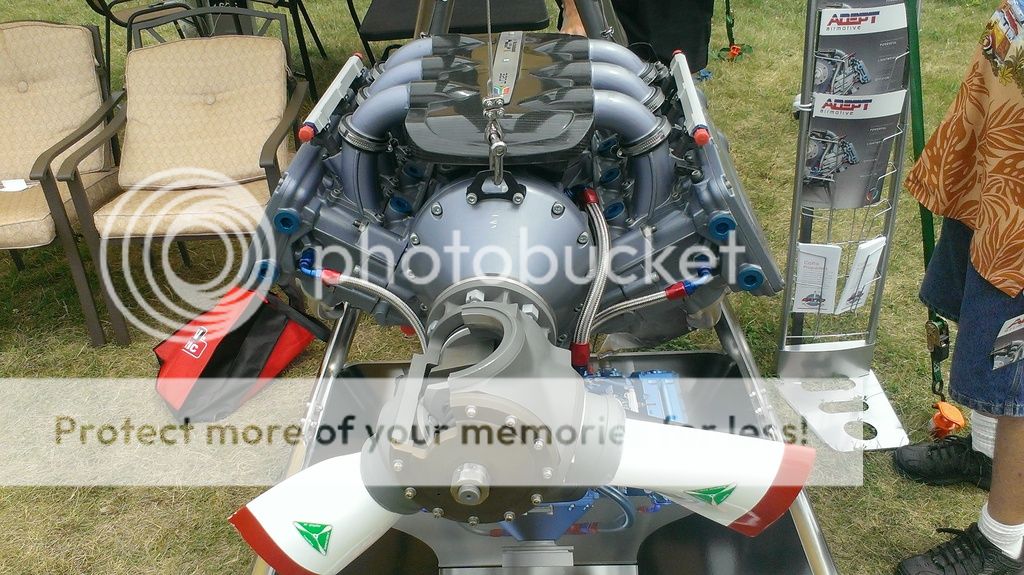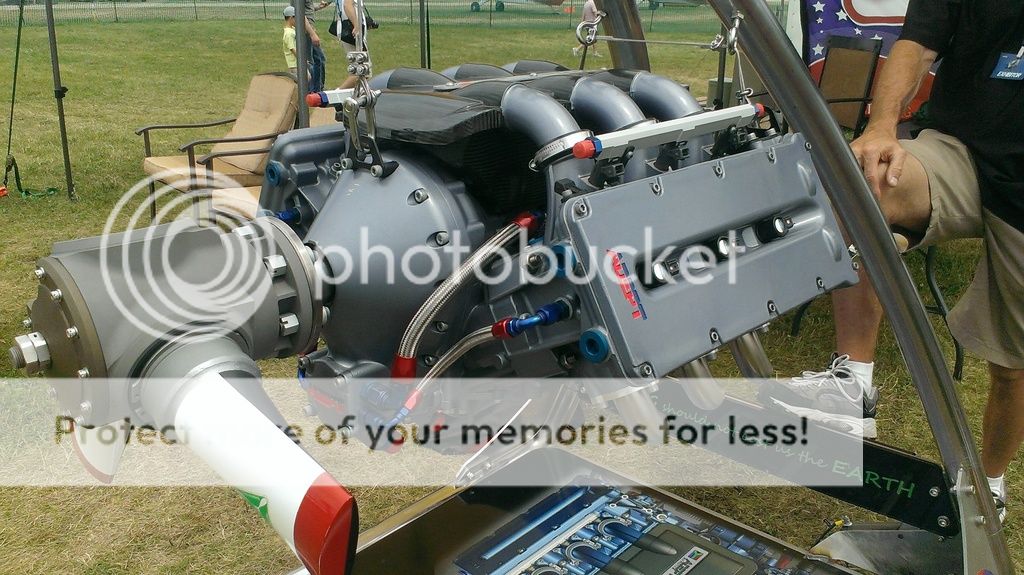RV Engine Choices
Van?s Forum is filled with pages of discussion about which engine to buy, because builders want either a cheaper engine or a more modern engine than the Lycoming IO-390 sold by Vans. I too have been tempted by either the Titan 370 or the Superior XP-400 because they are advertised as being more advanced than the IO-390 as they come equipped with Nitrided Cylinders, counterbalanced crankshafts, roller tappets, weight matched components (pistons, rods, etc) and burn premium grade ethanol free mogas.
In addition Superior and Titan would let you build your own engine in their engine school, which would enable you to maintain it. However, after Continental bought Titan, they did away with engine school, but Superior will still allow you to observe or assist your engine build. Both engines are significantly cheaper than Vans Lycoming.
There are many arguments against using these alternative engines. The Titan attaches it?s constant speed propeller governor on right rear pad, where it interferes with the engine mount. In addition the Titan weighs 25 pounds less than the IO-390, which can lead to center of gravity problems. People who have installed the Titan report that expenses of modifying the firewall forward package have eaten their cost savings. The Superior engine is 2 inches longer than the IO-390, which will result in interference with the fit of the cowl. Lastly mogas isn?t a realistic fuel alternative as finding it when flying cross country is nearly impossible.
As for engine school, Lycoming offers both engine maintenance and engine assembly/disassembly courses, which will enable you to maintain your engine.
All this Sturm und Drang has been caused by Lycoming?s awful website, which offers little information and specifications. You can?t even find Lycoming?s publication Certificated Aircraft Engines SSP ? 110 on their site. You can download the June 2010 version here:
http://www.readbag.com/lycoming-support-troubleshooting-resources-ssp110
Now the good news: I need not have been concerned about IO-390?s modern features. After speaking with Lycoming?s technical support I learned that the Lycoming IO-390 engine has all the advanced features that we need. Vans sells the Lycoming model XIO-390-A3B6 RT, which comes with nitrided cylinders. A3B6 RT indicates that the governor is mounted on the left front of the engine, the propeller flange bushings are reindexed, the crankshaft counterbalanced with 1/6 & 1/8 order counterweights and the push rods have roller tappets.
If you want polished ports; pistons, pins & connecting rod?s all weight matched to 1/2 gram: order the Thunder Bolt version of the IO-390, which starts at $39,700. You can substitute E-Mags for the magnetos for an additional charge of $2,400. As for me, I plan on purchasing the IO-390 from Vans as soon as Lycoming announces it?s Sun ?n Fun show price.
Hartzell's composite propeller costs twice as much as it's 74 inch IO-390 aluminum propeller. As opposed to the 360, the aluminum propeller has no RPM restrictions when running on the 390.
See chart on next page:
Engine Comparison
Manufacturer Lycoming Superior Titan
Designation XIO-390-A3B6 RT XP-400 IOX-370-A4H1N
Bore (inches) 5.319 5.126
Stroke (inches) 4.375 4.375
Displacement 389 400 361
Length (inches) 30.7 32.8 29.07
Width (inches) 34.25 34.3 33.41
Height (inches) 19.35 24 24.8
Dry weight (lbs) 308 310 283
Mount Dynafocal-1 Dynafocal-1 Dynafocal-1
Fuel system Injection Injection Injection
Fuel type 100LL 100LL/Mogas 91 100LL/Mogas 93
Cooling system Air Cooled Air Cooled Air Cooled
Power at 2700 rpm 210 215 200
Specific pwr: hp/in? 0.54 0.54 0.55
Compression ratio 8.70:1 8.90:1 9.6:1
Pwr/weight: hp/lb 0.68 0.69 0.71
Cost 38,700 34,500 30,300
Prop Governor Front Left Right Rear








